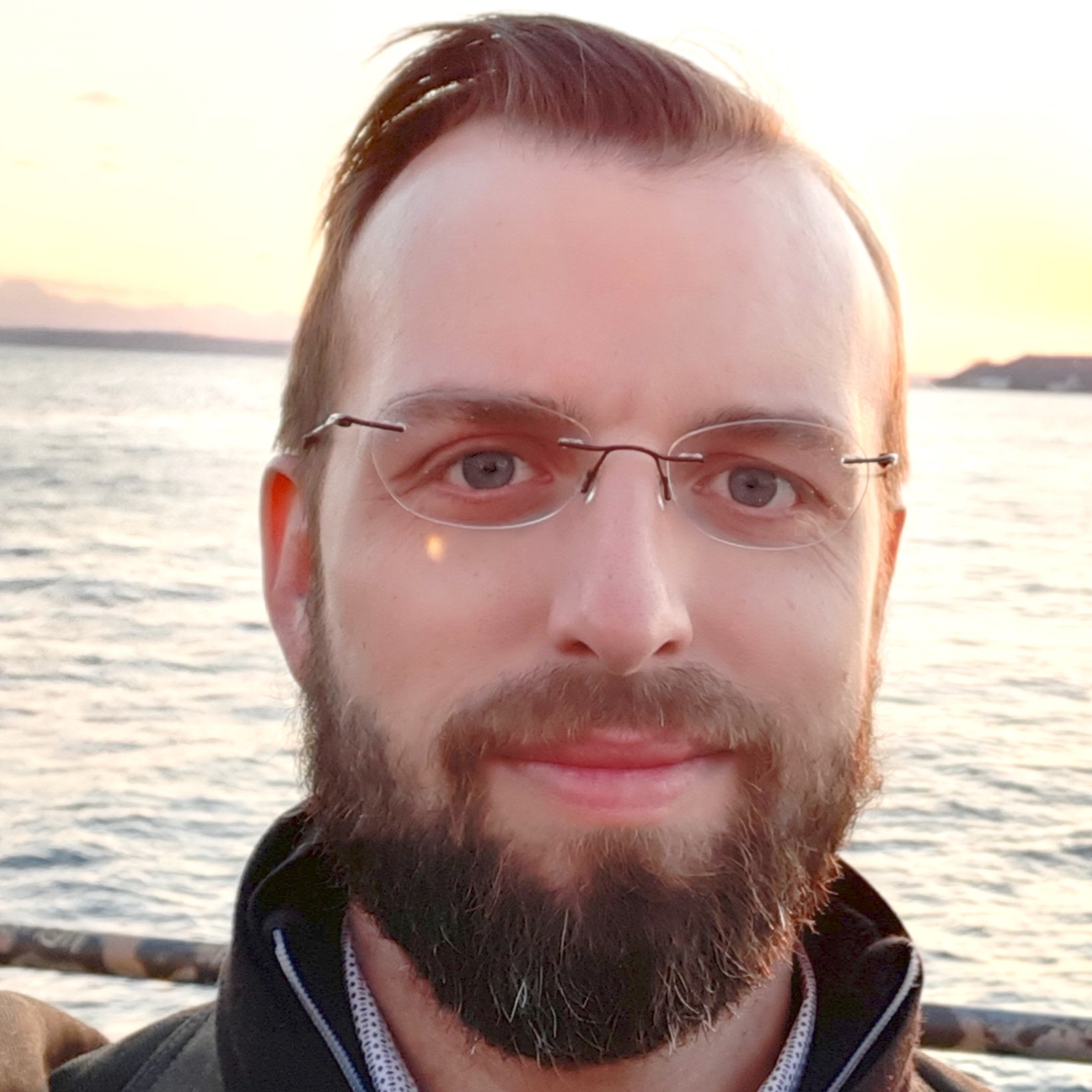About me
My name is John Ladan. I’m a recent PhD graduate in Physics from the University of Toronto, with a previous Masters of Applied Mathematics from the University of Waterloo. Throughout my academic career, I’ve maintained a love of computer science and mathematics. I’m excited to re-enter the workforce in a career in data science, machine learning, or software development.
As a PhD student, I had to manage multiple priorities, including research, teaching, course development, and my own life. Software development was necessary to actually accomplish all of these things.
In my spare time, I enjoy reading, going on motorcycle camping trips, and a bit of woodworking. I’m a bit of a unix neckbeard at heart, so I spend a lot of time in the terminal, using vim, and bash scripts. I also enjoy learning and using new programming languages – most recently Rust, Go, and Elixir.
My PhD research was about how icicles grow with impurities; a specific case of wet-ice formation. I discovered that small amounts of impurities like salt increase the retention of water on the surface, and become trapped inside pockets of brine. This changes the shape and growth rate of ice. While a niche subject, better models of ice growth have broader applications to geophysics and engineering, and ice is a surprisingly challenging field with many open problems.
To perform my experiment, I built the “Icicle Machine”, producing roughly 20 TB of images from which I extracted the topography and surface liquid distribution. To analyze such a large data set, I automated the process using Python and bash scripts with a touch of C++ and javascript. Of course, with over 10k LOC written, version control with git was a necessity.
I’m also quite proud of my work with the advanced undergraduate physics lab at U of T. As part of that, I set up git repositories on the department’s GitLab server for all the lab software provided to students to run and analyze experiments.
I enjoyed working with the students, teaching them how to troubleshoot equipment, debug and understand their scripts, and think analytically about their results. After proving myself as a TA for the course, I was hired as an instructor in the 2022-2023 academic year.
In addition to my instruction and TA work, I was hired as a tutor for a fellow PhD student, teaching him how to use Python for numerical simulation of ODEs, Git/Github, and performing code-reviews. His work was about workplace exposure to SVOCs, and the model I helped implement led to several published papers.
